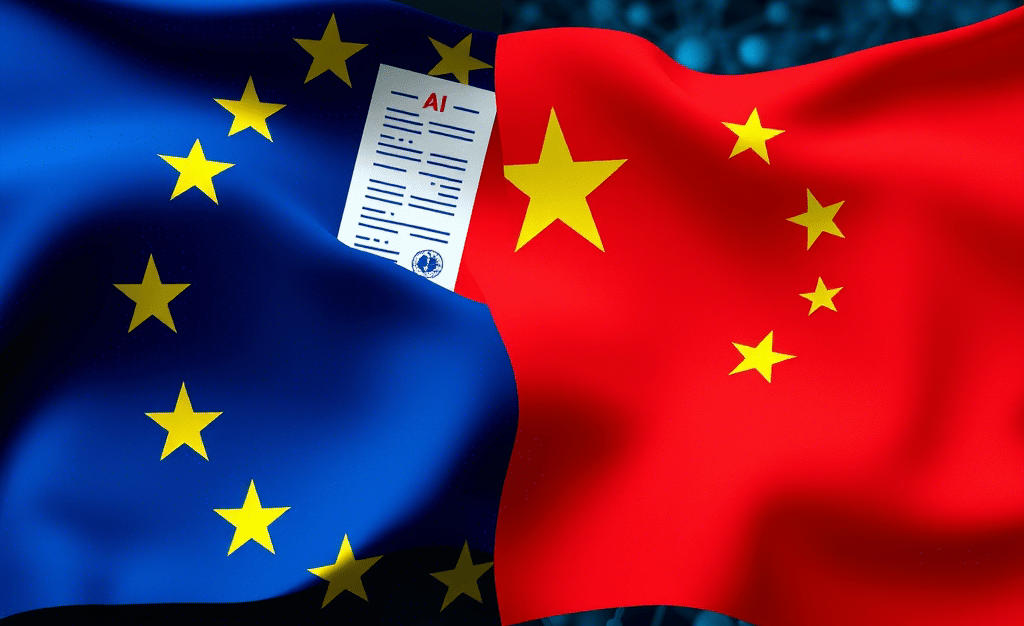Roberto Vasconcelos Novaes, Bruno Wanderley Júnioror
Faculdade de Direito, Universidade Federal de Minas Gerais, Belo Horizonte, Minas Gerais, Brazil.
Abstract
The regulation of artificial intelligence (AI) presents a fundamental challenge: how can legal frameworks govern a technology whose definition remains fluid and historically contingent? This paper begins by examining the conceptual ambiguity surrounding AI, arguing that the term does not denote a singular, clearly defined entity but rather an evolving collection of techniques, with machine learning and deep learning currently at the forefront. Recognizing this conceptual uncertainty is essential for understanding the divergent regulatory approaches adopted by the European Union and China. The EU AI Act embraces a comprehensive and definition-based framework, characteristic of the continental European tradition of legal codification. By establishing a broad legal definition of AI, it seeks to create a unified regulatory structure applicable across a wide range of applications. In contrast, the Cyberspace Administration of China (CAC) has adopted a more incremental and adaptive approach, regulating AI through a series of targeted decrees. This model aligns with China’s paradigm of experimental governance, which prioritizes flexibility, localized pilot programs, and iterative regulatory development. Through a comparative analysis of these regulatory paradigms, this paper highlights the trade-offs between legal certainty and adaptability in AI governance. While the EU aims for harmonization and predictability, China’s approach emphasizes responsiveness to technological advancements. This study contributes to the broader discourse on AI regulation by demonstrating how distinct legal traditions shape the governance of emerging technologies, offering insights into the challenges and implications of regulating AI in an evolving global landscape.
Keywords
Artificial Intelligence, EU AI Act, Cyberspace Administration of China, AI Regulation, Experimental Governance
Para acessar o texto completo, clique no link abaixo:
Novaes, R. V., & Wanderley Jr., B. (2025) Contrasting Approaches to AI Regulation
— A Comparative Analysis of the EU AI Act and China’s Cyberspace Administration Decrees. Beijing Law Review, 16, 501-540. doi: 10.4236/blr.2025.161025.
